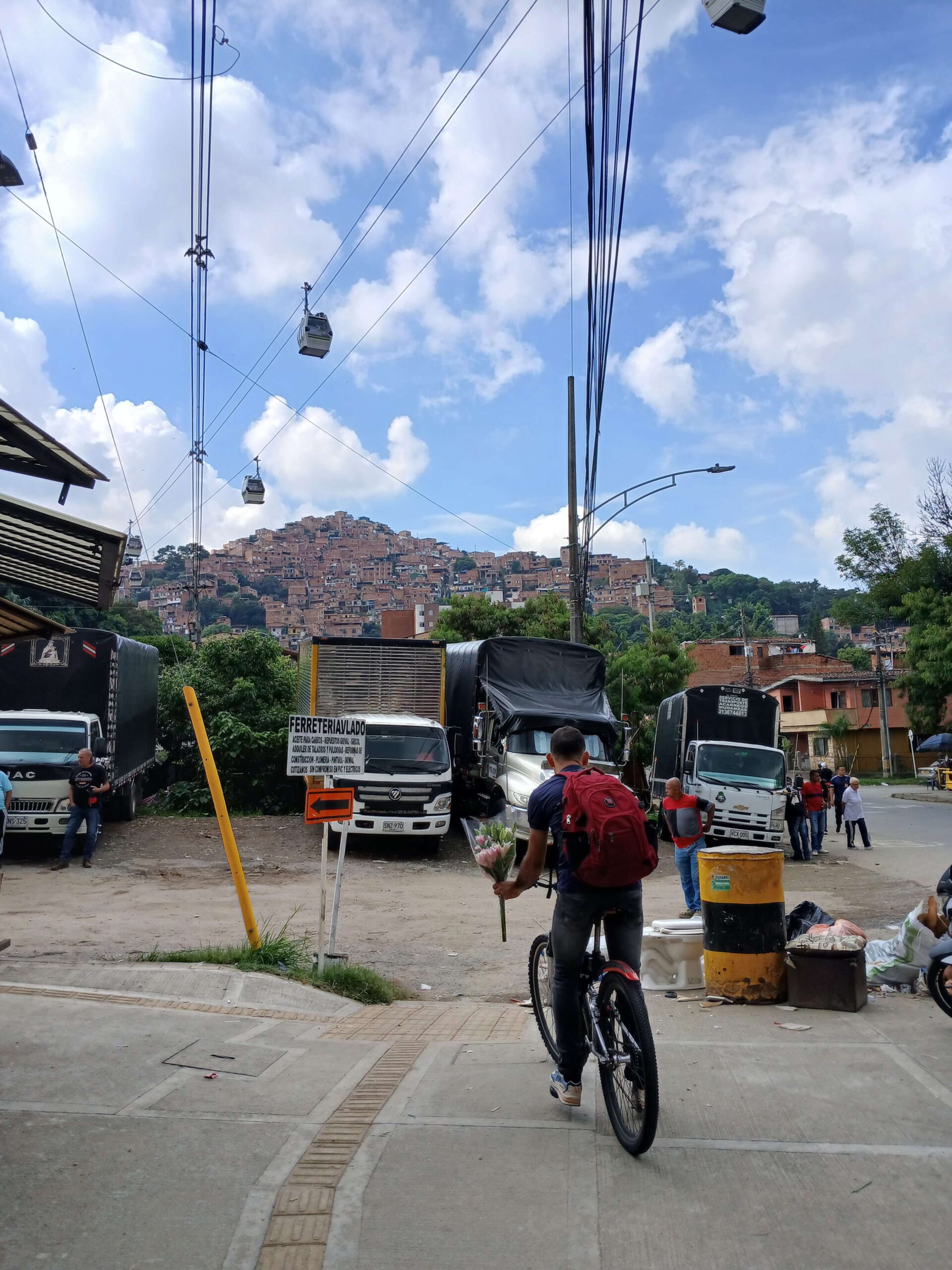
Colombia’s modern conflict traces back to La Violencia (1948–1958)
Colombia’s civil conflict began with La Violencia (1948–1958) and escalated in 1964 with the rise of guerrilla groups like the FARC and ELN. Backed by Cold War ideology, the conflict soon became entangled with drug trafficking, as guerrillas, paramilitaries, and cartels like Medellín and Cali fought over territory and illicit economies. U.S. military aid and drug war policies, like Plan Colombia, deepened the violence, while militarized tactics led to widespread abuses, including the falsos positivos scandal in which over 6,400 civilians were killed and falsely reported as guerrillas. Despite the 2016 peace deal with the FARC, violence continues as criminal groups fill the power vacuum and social leaders are regularly assassinated. In this context, community-based peace efforts like social tourism have emerged, turning conflict zones into sites of memory and economic activity. These programs offer hope but remain fragile, vulnerable to insecurity, co-optation, and the ongoing failure to address the deeper drivers of violence: foreign demand for drugs and raw materials, and external political interference. This project investigates whether social tourism can truly build peace or merely soften the scars of unresolved conflict.
- The Violence
- FARC and ELN
- Drug Cartels
- False Positives
- Peace Accords
- Social Tourism
